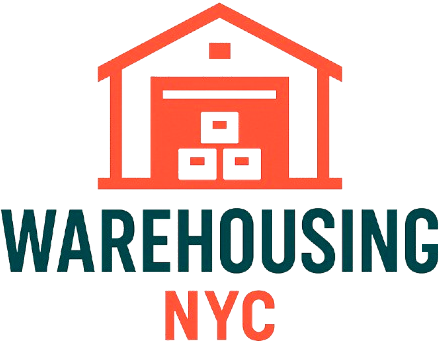NYC Warehousing Blog | Storage & Supply Chain Tips
Blogs

How Many Hours Can a Truck Driver Drive in a Day
When someone sees big trucks moving across the country, they might wonder, how many hours can a truck driver drive in a day? It’s a question that matters to drivers, businesses, and even warehouse teams trying to plan deliveries.
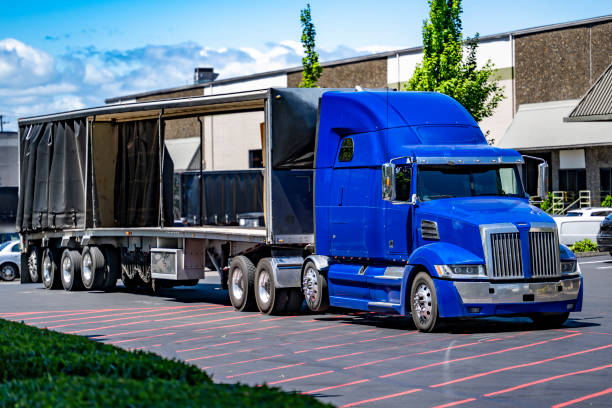
What Is a Conestoga Trailer and How Does It Support Warehousing Operations in NYC
In New York City, speed, space, and safety matter in every stage of warehousing and transport. Businesses need equipment that can protect valuable goods while keeping deliveries on schedule — and that’s exactly what a Conestoga trailer does.
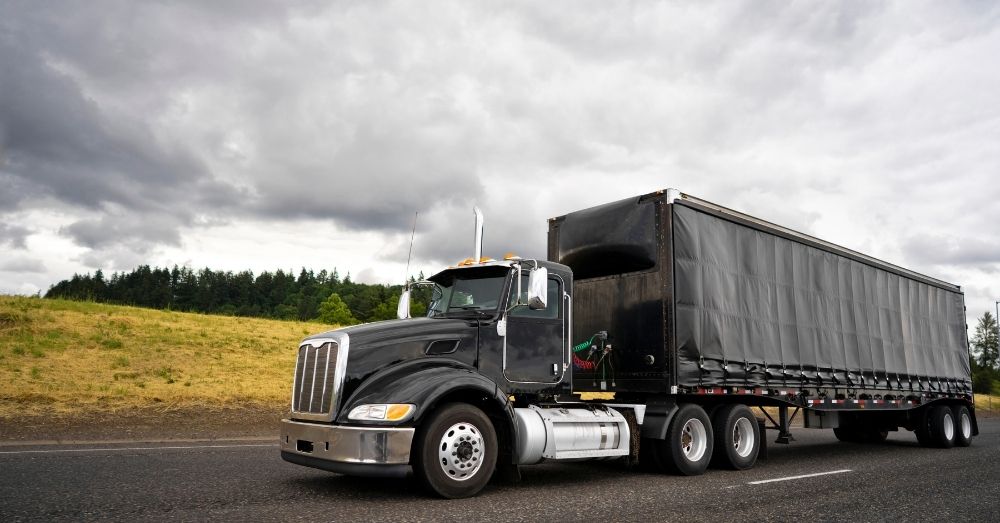
What Is a Conestoga Trailer and How Does It Work
A Conestoga trailer is a flatbed trailer with an integrated, sliding tarp system that encloses the cargo for weather and debris protection, much like a box truck but with open-deck versatility. It works by using a retractable curtain, or tarp, that rolls along parallel rails on the trailer’s sides, making it easy to cover and uncover the load from the sides, rear, or top without having to manually secure it to the cargo.

Why Choosing the Right Warehouse Type Is Essential for a Business
The right warehouse isn’t just a place to store goods—it’s the backbone of your business efficiency, growth, and profitability. Understanding how to choose the right warehouse type and determine the average size of a warehouse your company needs can mean the difference between scaling smoothly and struggling with space, costs, or logistics delays.
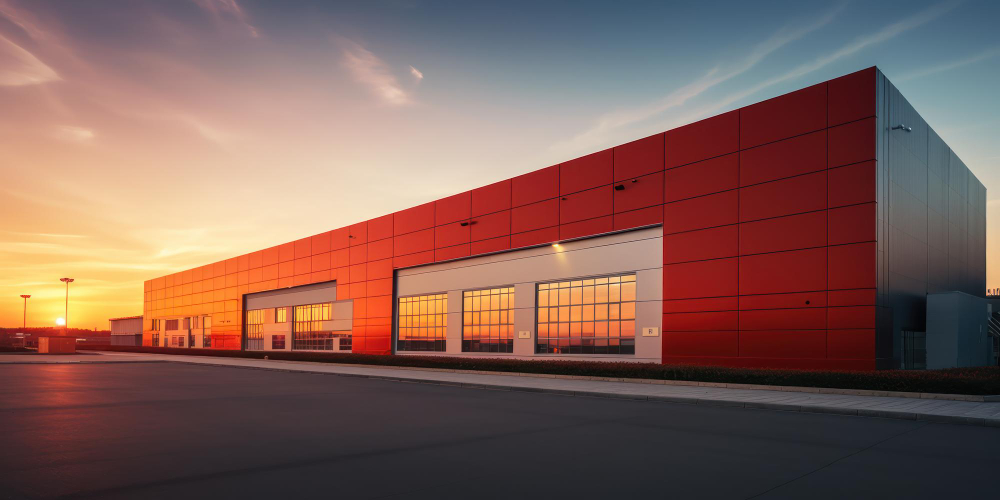
How to Choose a Warehouse Size for Your Company
Finding the perfect warehouse size can make or break your business operations. Too small, and you’ll struggle with inefficiency and overflow; too large, and you’ll pay for space you don’t need. Understanding the average size of a warehouse — and how it fits your company’s unique workflow — is the first step to making a smart, scalable decision that saves money and boosts productivity.

What Is Warehouse Logistics?
Businesses can’t afford delays, errors, or wasted space. That’s where warehouse logistics comes in. Put simply, warehouse logistics is the management of every operation inside a warehouse. With the help of warehouse logistics services, businesses can reduce costs, improve efficiency, and deliver a better customer experience.
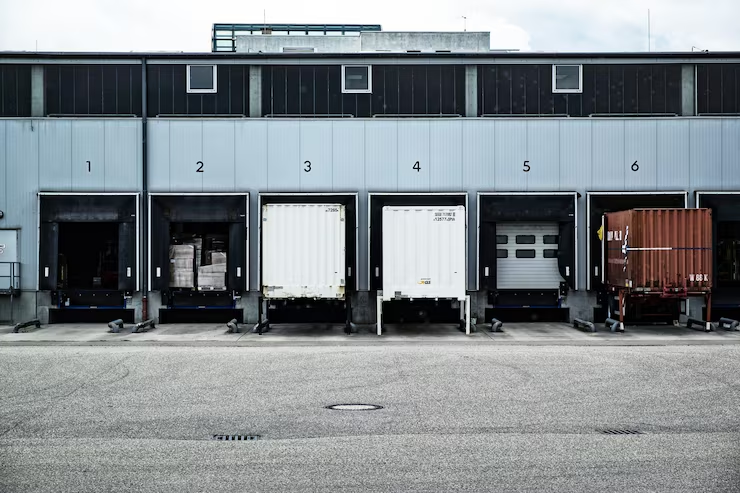
Storage Units with Truck Loading Dock: A Smarter Choice for Businesses
Running a business in New York comes with its own unique challenges—tight spaces, heavy foot traffic, and constant shipments coming in and out of the city. For companies that depend on moving inventory, equipment, or supplies, convenience and efficiency aren’t optional—they’re essential. That’s why storage units with truck loading dock access are quickly becoming the smarter choice for businesses across industries.
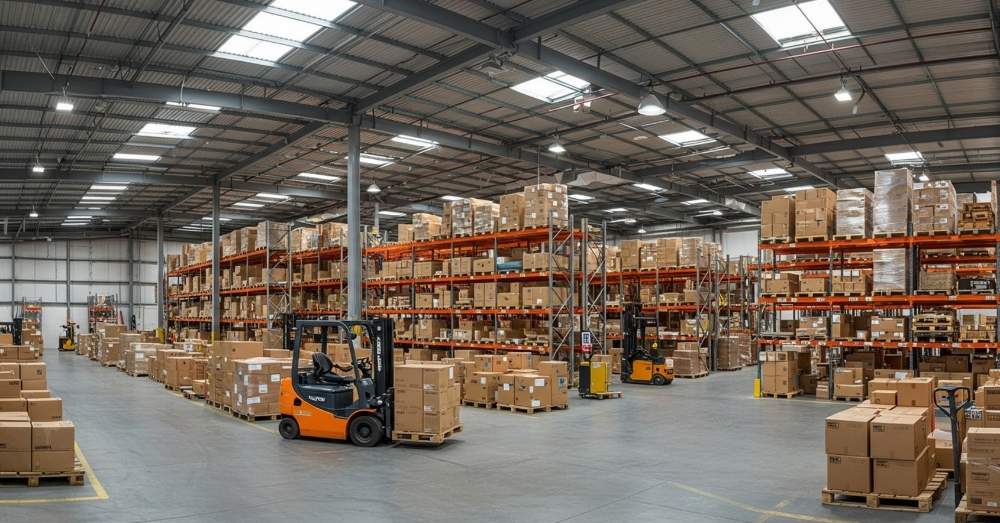
Lack of Space in Warehouse: How to Optimize Layout and Storage Efficiency
A lack of space in warehouse facilities is a growing challenge as order volumes rise and product lines expand. Limited floor space often leads to delays, misplaced items, and higher labor costs.
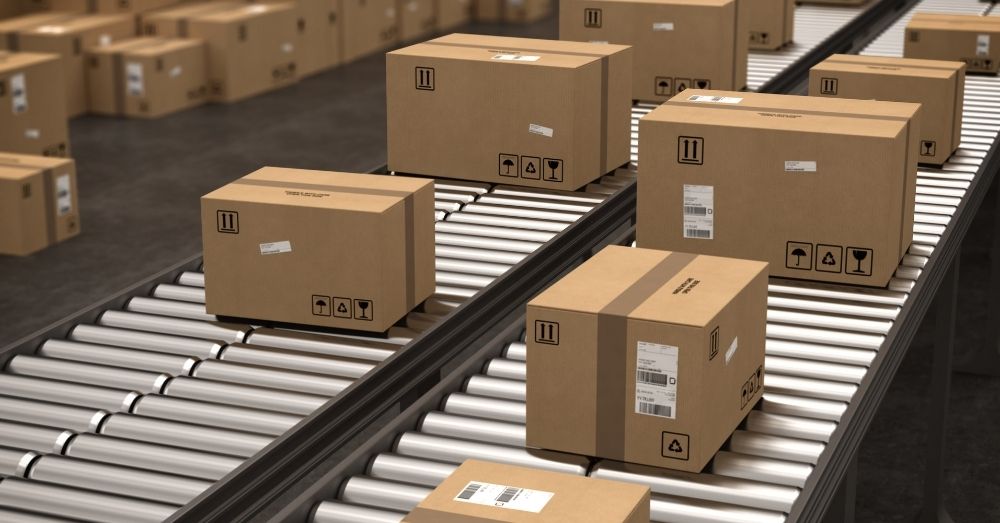
Warehouse Returns Management: How to Handle Product Returns Effectively
Returns are an inevitable part of running a warehouse. Whether a product is damaged, defective, incorrectly shipped, or simply unwanted by the customer, the way a business handles returns can make or break its reputation.
